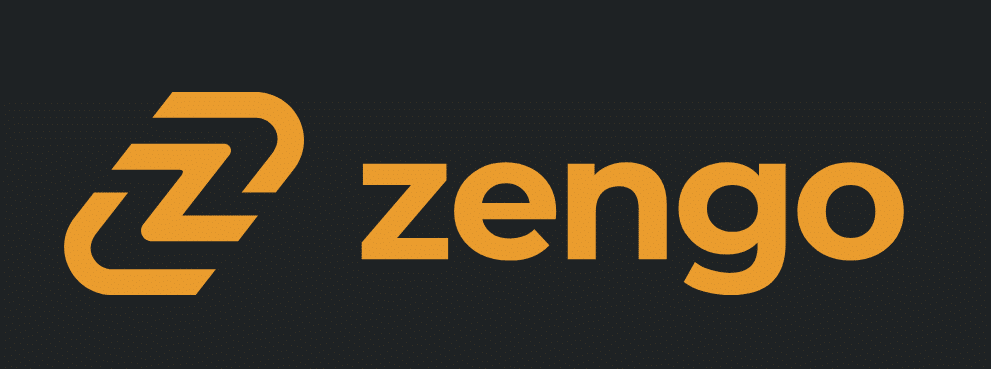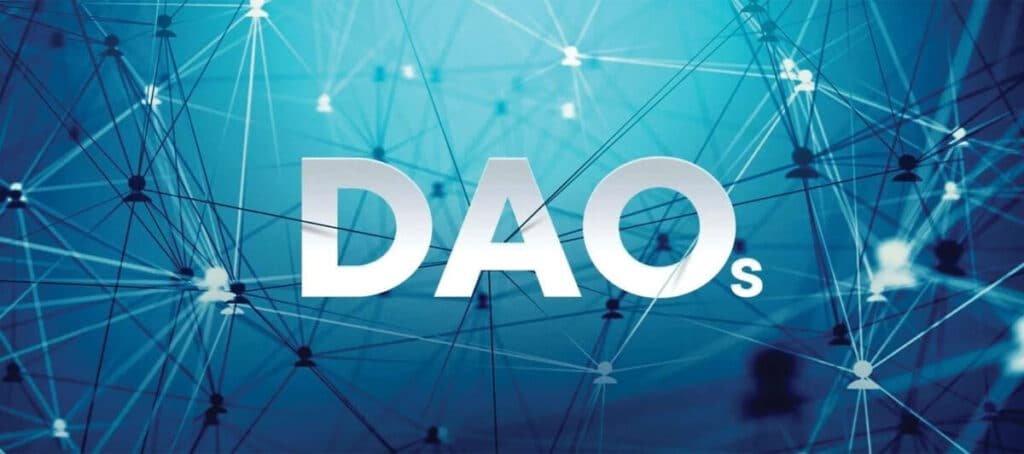As crypto recovers from the chaos of 2022, investors are looking beyond how to buy Bitcoin to find gems in the cryptocurrency markets. A tall task no doubt, but it can be simplified by looking in the right places. Projects that keep pushing the technical boundaries and delivering to their community, like MATIC, should be followed closely. Investors wishing to learn how to buy MATIC with credit card can consult our smooth guide.
Investing in MATIC in 2023
From the second Ethereum introduced smart contract technology, the race was on to see who could solve its one key limitation – scalability. Transactions on Ethereum cost expensive gas and lack the instant settlement to make high-activity applications like games or payment gateways feasible.
Last year was a breakout year for Polygon. Most recently, and most excitingly, Polygon was chosen by Nubank, one of the biggest fintech firms in LATAM, as the home for its new token. Nucoin, Nubank’s native asset, will live on an application-specific Polygon chain, or Supernet. Another recent example of a massive partnership with Polygon happened on April 22 when Stripe opened up crypto payments using Polygon.
In terms of its price, MATIC had an incredible run from under $0.01 in 2020 to an all-time high of nearly $3 in December 2021. However, the bear market hit MATIC hard, dropping it’s token price all the way down to $0.34. Today, the
Where to Invest in MATIC with Credit Card? (Binance, Etoro & Coinbase)
Before you can buy Matic with credit card, you must first decide which exchange or platform you want to use. There are several options available, all with their own benefits and drawbacks. When evaluating which exchange to use, it is important to consider factors such as fees, payment methods available, regulatory compliance, and customer support.
It is important to research each exchange thoroughly before making a decision by reading reviews from other users. Investigating an exchange’s fees, payment method, customer support, and regulatory status are also important before making a trade. Please note: If you brought ETH on a CFD-only platform like IGTrading or Plus500, you won’t be able to withdraw your coins into self-custody.
MATIC FAQ
Who is the Team Behind the MATIC token?
Based in India, the Matic executive team consists of many first-time founders, which may explain why it took the company 5 years from creation to raising a significant round of funding. Yet when the funding finally did come, it reached the tune of $450 million in a mammoth round led by Sequoia Capital, Softbank, and Tiger Global. The team has a horizontal organizational structure, with the website listing 10 co-founders and no CEO.
What is the Technology Behind MATIC token?
MATIC is the native token on Polygon, a high-performance chain built to scale decentralized applications. Polygon started its life as an implementation of Plasma chains which are side chains that run in parallel to Ethereum and help Ethereum scale. In this case, Ethereum is the “primary” or “parent” blockchain, and Polygon links up to and communicates with Ethereum to allow assets to transfer between them securely. Polygon recently released a testnet environment to zkEVM, which incorporates the latest zero-knowledge cryptographic techniques to scale.
In terms of consensus, Polygon is based on Proof-of-Stake and relies on a set of validators to secure the network. The role of validators is to run a full node, produce blocks, validate and participate in consensus and commit checkpoints on the Ethereum Mainnet. To become a validator, one needs to stake MATIC tokens with staking management contracts residing on the Ethereum mainnet. Two recent addition to Polygon’s tech stack is Supernets, an end-to-end solution for building private blockchains connected to Ethereum, and a decentralized ID solution based on zero-knowledge proofs.
What are the tokenomics of the MATIC token?
The total supply of Matic is 10B, broken down as follows
- private sale (seed round + early supporters): 3.8%
- IEO on Binance Launchpad: 19%
- Team: 16%
- Advisors: 4%
- Staking Rewards: 12%
- Foundation: 21.86%
- Ecosystem: 23.33%
Upon launching, 7.5 billion tokens were liquid. Today, that number is closer to 8.7 billion with the full amount of tokens expected to vest by the end of 2023. The inflation rate is 5.14%.










